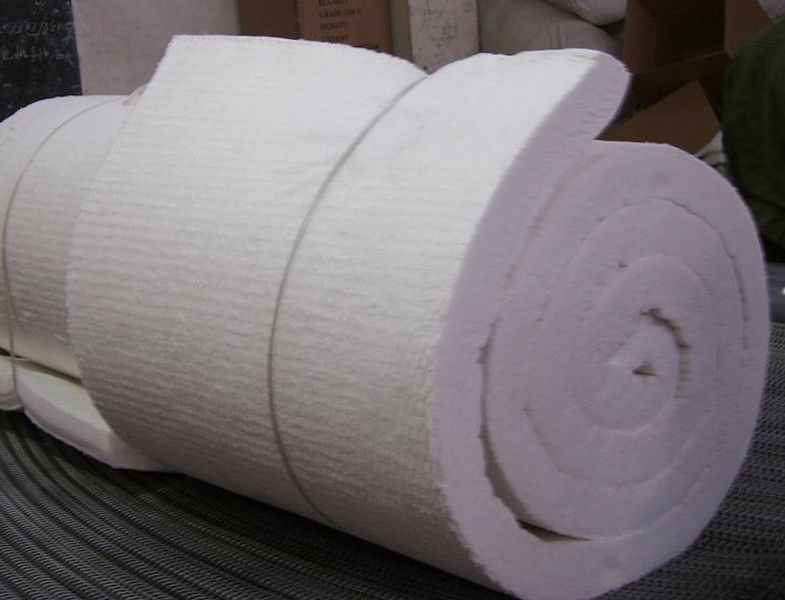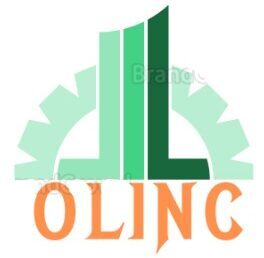CERAMIC FIBER BLANKET IN DAR ES SALAAM TANZANIA
A ceramic fiber blanket in Dar es salaam Tanzania is a type of insulation material made from ceramic fibers. These blankets are lightweight and have excellent thermal stability. This makes them suitable for high-temperature applications such as furnaces, kilns, and various industrial processes. They offer high resistance to thermal shock, low thermal conductivity. They are often used in situations where traditional insulation materials like fiberglass would not suffice due to extreme temperatures. Ceramic blankets are flexible and can be easily cut and shaped to fit various equipment and structures. This feature helps in providing efficient insulation in demanding environments.

Features of Ceramic Fiber Blanket
- High Temperature Resistance: Ceramic blankets can withstand temperatures up to 2300°F (1260°C) or even higher. The strength depends on the specific material composition.
- Low Thermal Conductivity: They have low thermal conductivity. This means they effectively reduce heat transfer, helping to maintain stable temperatures and conserve energy.
- Excellent Thermal Stability: Ceramic blankets maintain their insulating properties even when exposed to rapid temperature changes. As a result they are suitable for environments with thermal cycling or fluctuations.
- Chemical Resistance: They are resistant to most chemicals and corrosive agents, ensuring durability and longevity in harsh industrial environments.
- Lightweight and Flexible: Ceramic blankets are lightweight and flexible. This makes them easy to handle, cut, and install in various configurations without compromising their insulating properties
Other features of Ceramic Blanket in Tanzania
- Non-combustible: They are non-combustible and do not contribute to fire hazards, enhancing safety in high-temperature environments.
- Low Heat Storage: Ceramic blankets have low heat storage capacity, which means they heat up quickly and dissipate heat rapidly, reducing energy consumption and improving thermal efficiency.
- Sound Absorption: In addition to thermal insulation, ceramic blankets can also provide acoustic insulation, reducing noise levels in industrial settings
Uses of Ceramic Fiber Blanket in Dar es salaam Tanzania
- Industrial Furnaces and Kilns: Ceramic blankets are widely used to insulate industrial furnaces and kilns in industries such as steel, aluminum, glass, ceramics, and cement manufacturing. They help maintain consistent temperatures, improve energy efficiency, and protect equipment from heat damage.
- Heat Treatment Processes: In heat treatment facilities, ceramic blankets are used to insulate heat treatment chambers, ovens, and furnaces where metals are heated and cooled to achieve specific mechanical properties.
- Power Generation: Ceramic blankets are utilized in power generation facilities, including boilers, turbines, and exhaust systems, to provide thermal insulation and protect equipment from high temperatures.
- Chemical Processing: They are employed in chemical processing plants to insulate reactors, pipelines, and storage vessels handling corrosive chemicals and high-temperature reactions.
- Refineries and Petrochemical Plants: Ceramic blankets are used in refineries and petrochemical plants for insulation in processes involving crude oil distillation, catalytic cracking, and chemical refining
Other uses of ceramic blanket
- Foundries: Foundries utilize ceramic blankets to insulate furnaces and ladles used in metal casting processes, helping to maintain precise temperatures for melting and molding metals.
- Aerospace and Automotive Industries: Ceramic blankets are used in aerospace and automotive manufacturing for insulation in heat treatment processes. Further, they are used in engine components, and exhaust systems. These certainly are areas where high temperatures are generated.
- Building and Construction: In construction, ceramic blankets are used as fireproof insulation in high-temperature applications such as fire barriers. Additionally they best work in kiln linings, and thermal insulation in buildings and structures.
- Incinerators and Waste Management: Ceramic blankets provide insulation in waste incinerators and thermal treatment facilities. Therefore, helping to manage high temperatures and reduce heat loss during waste disposal processes.
